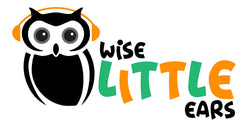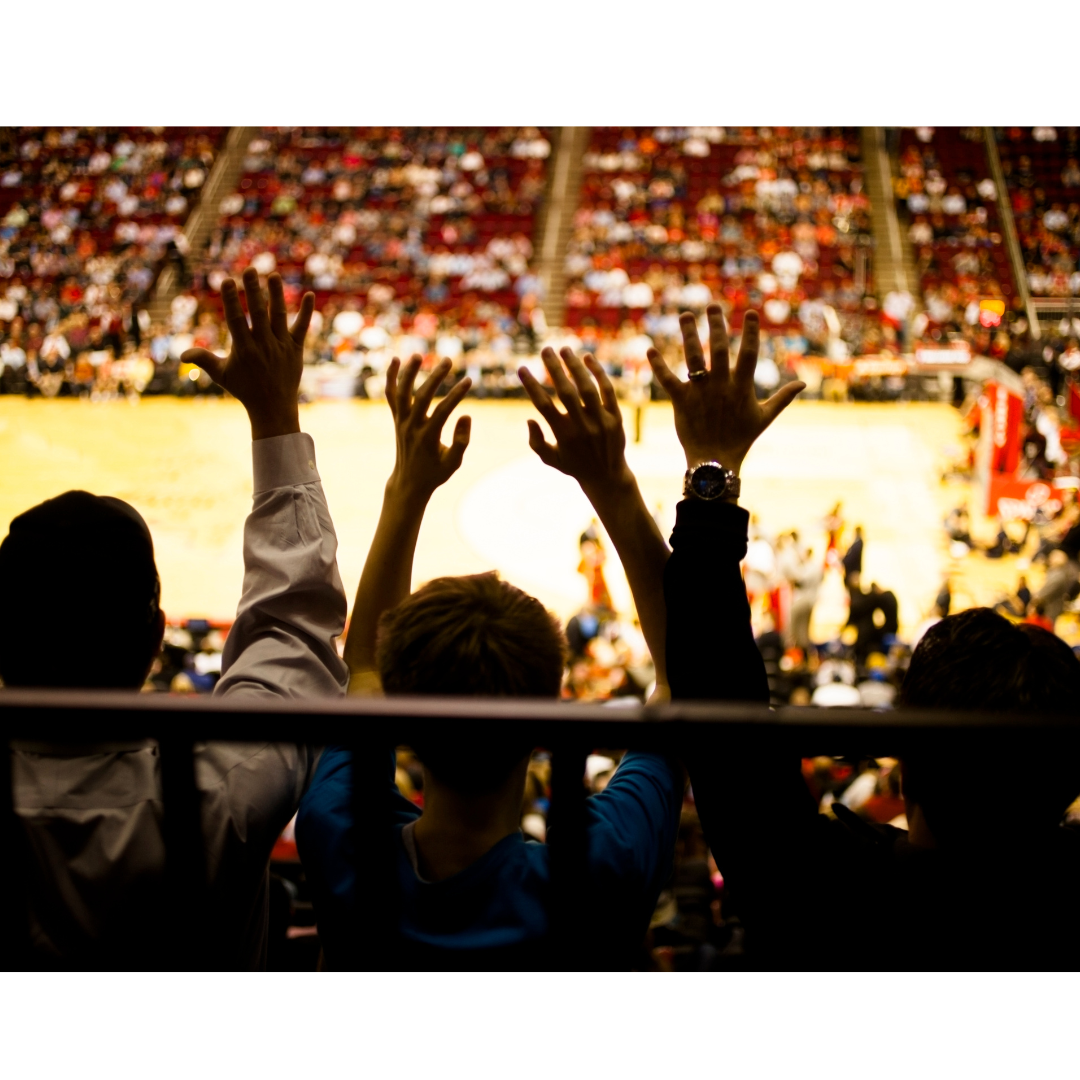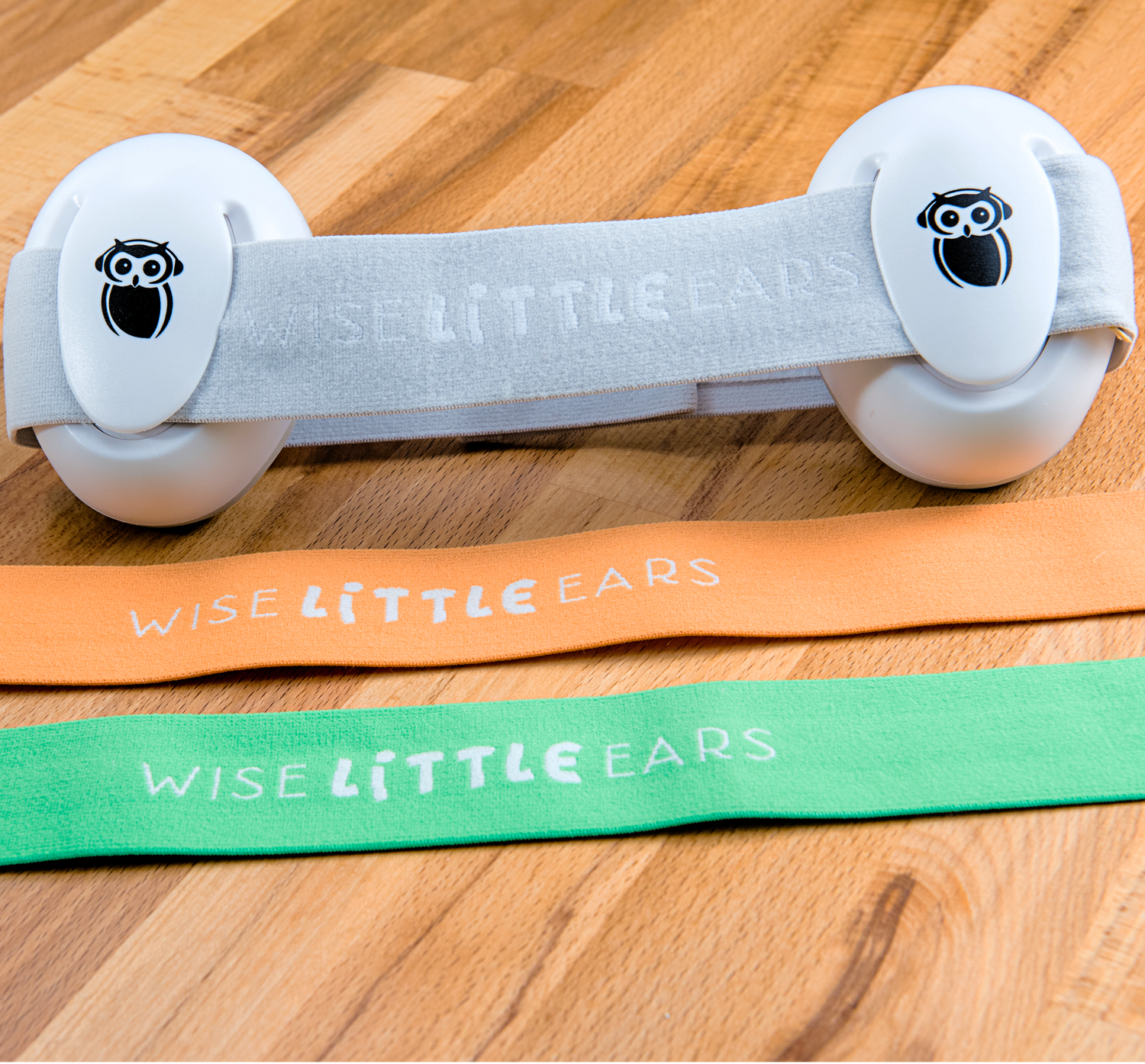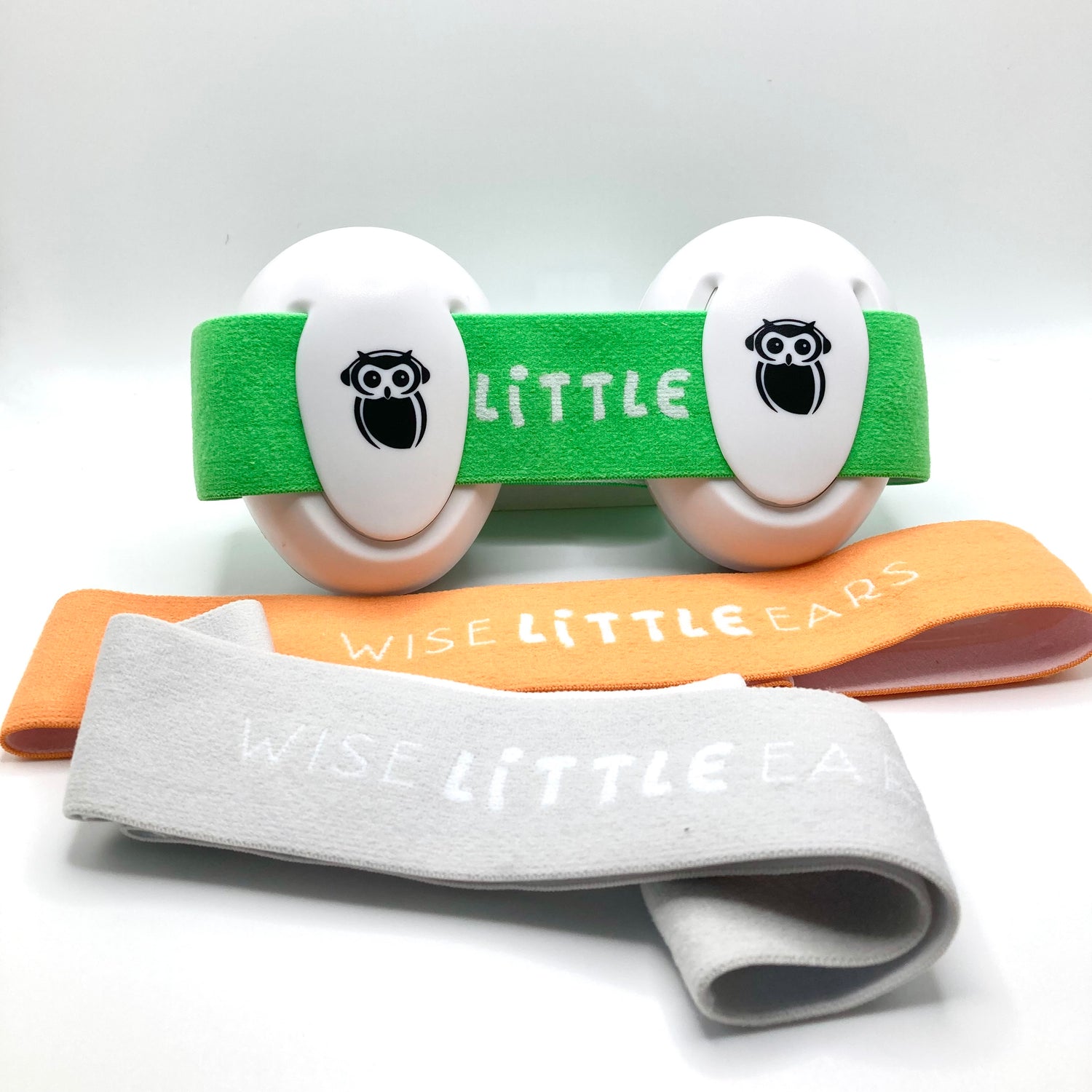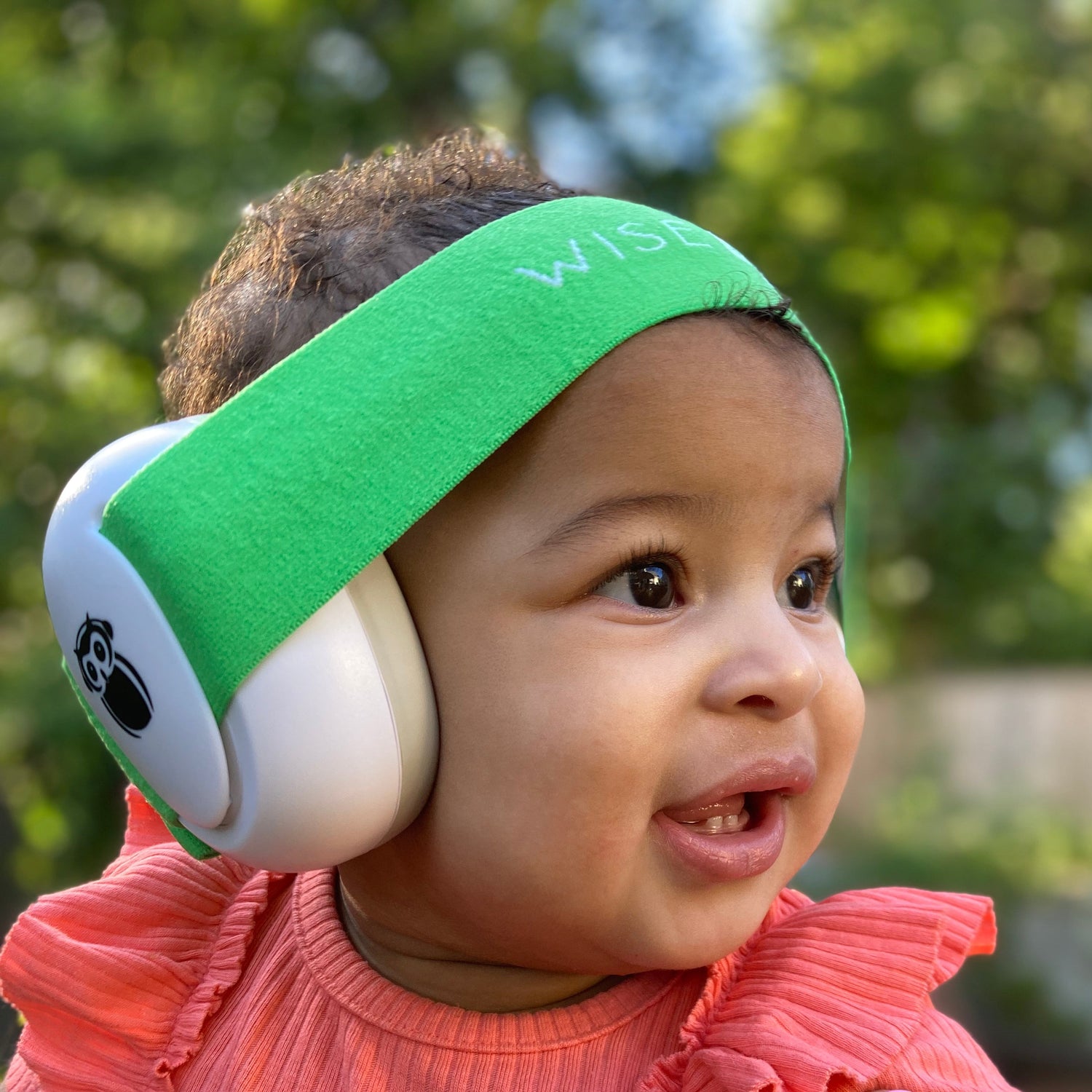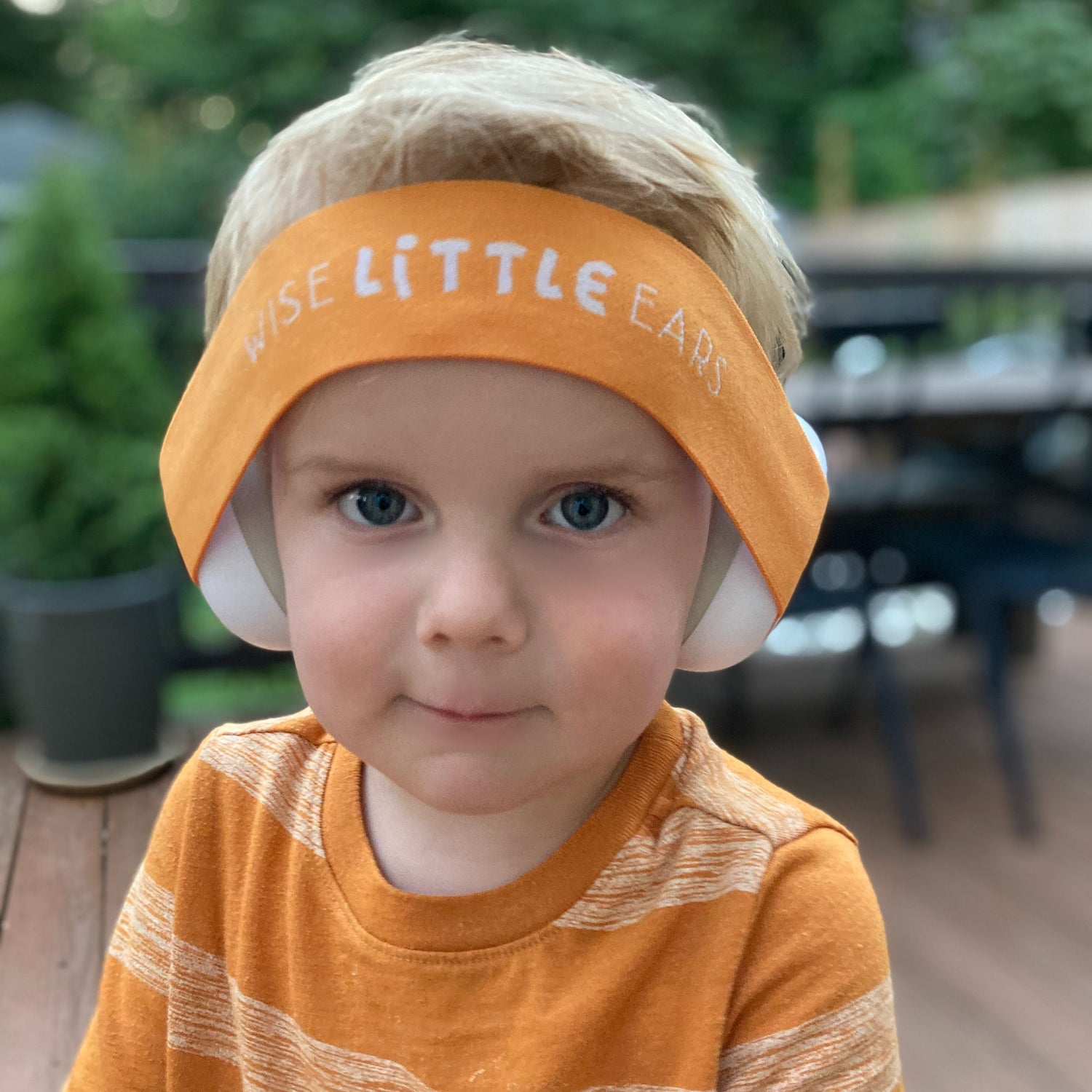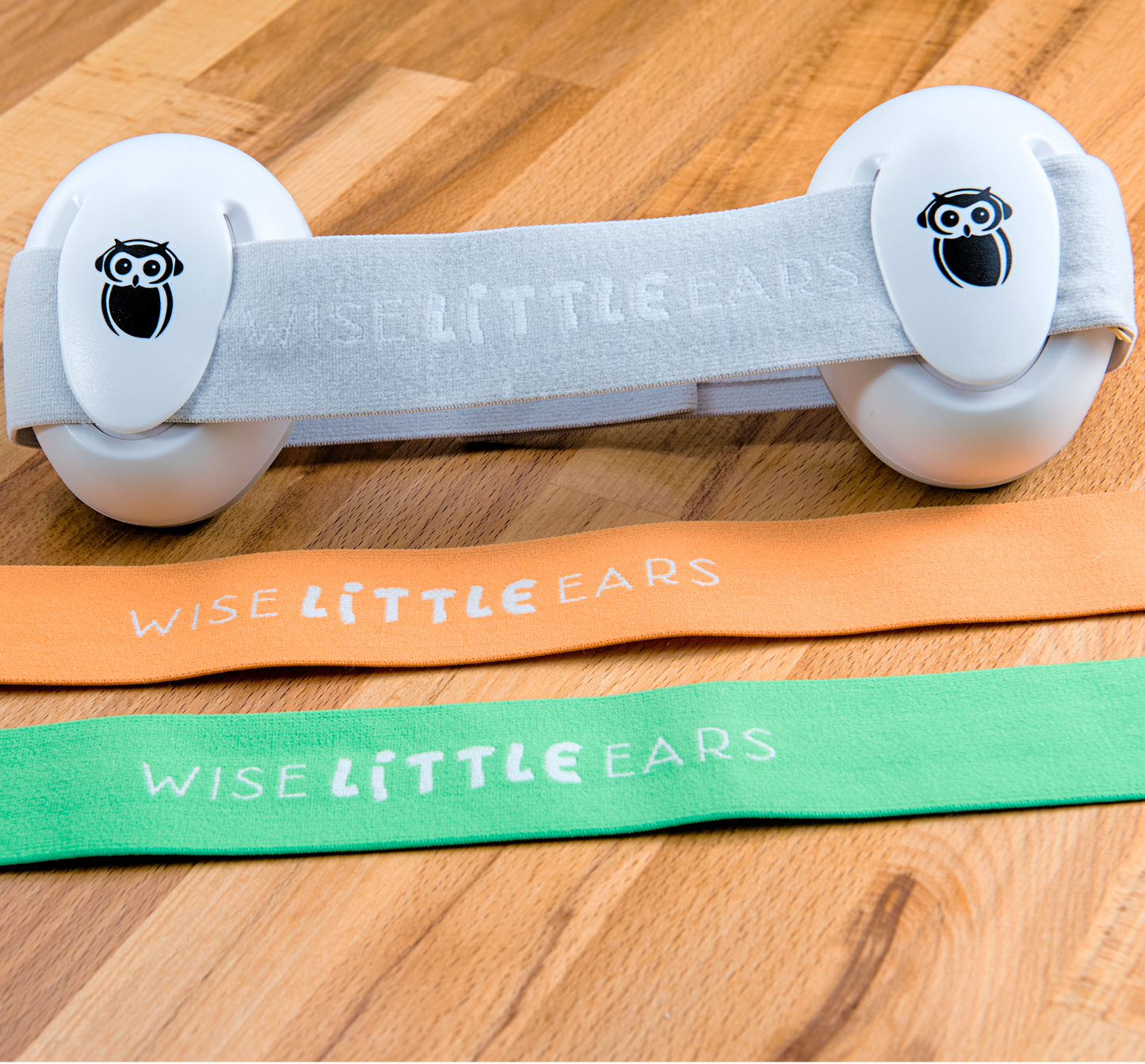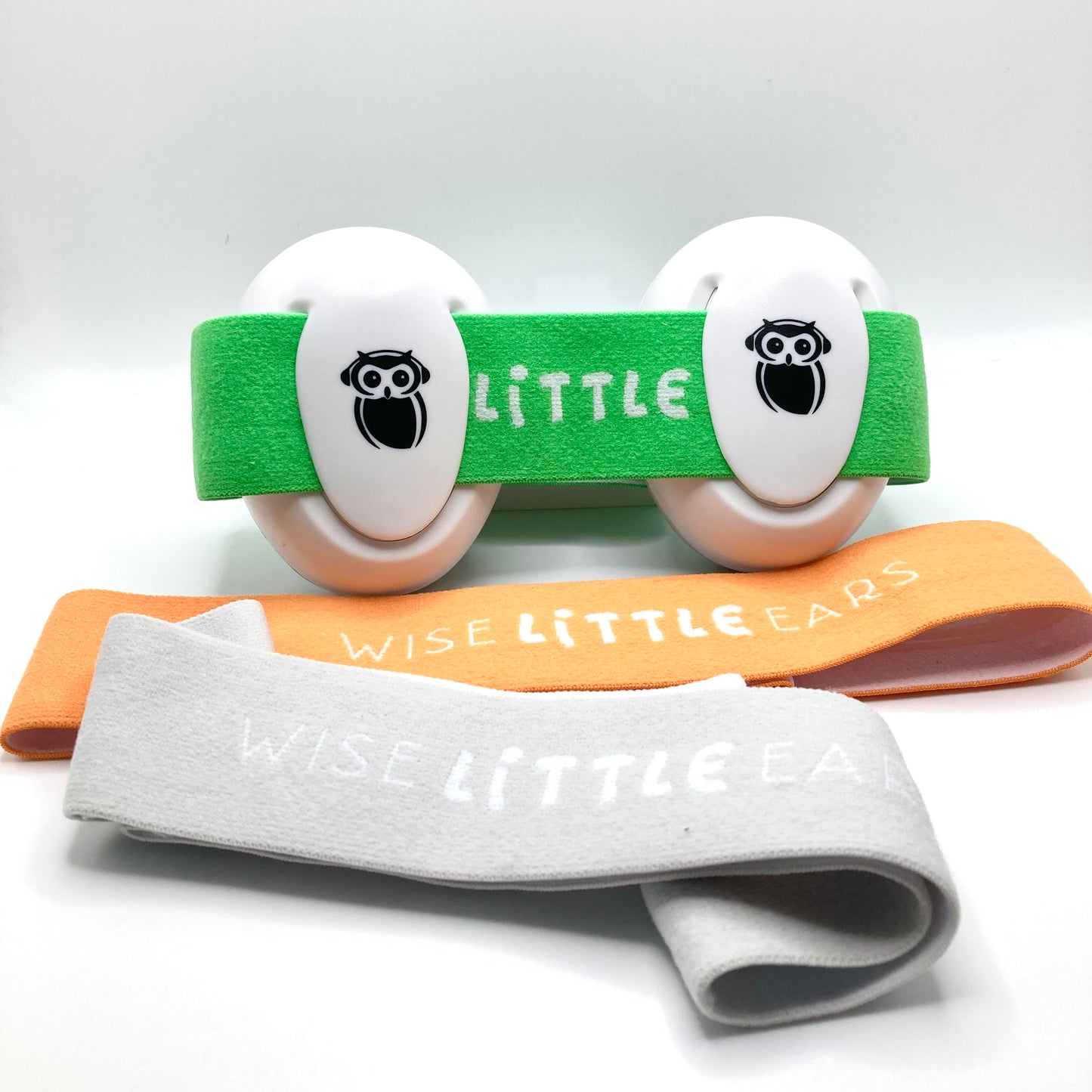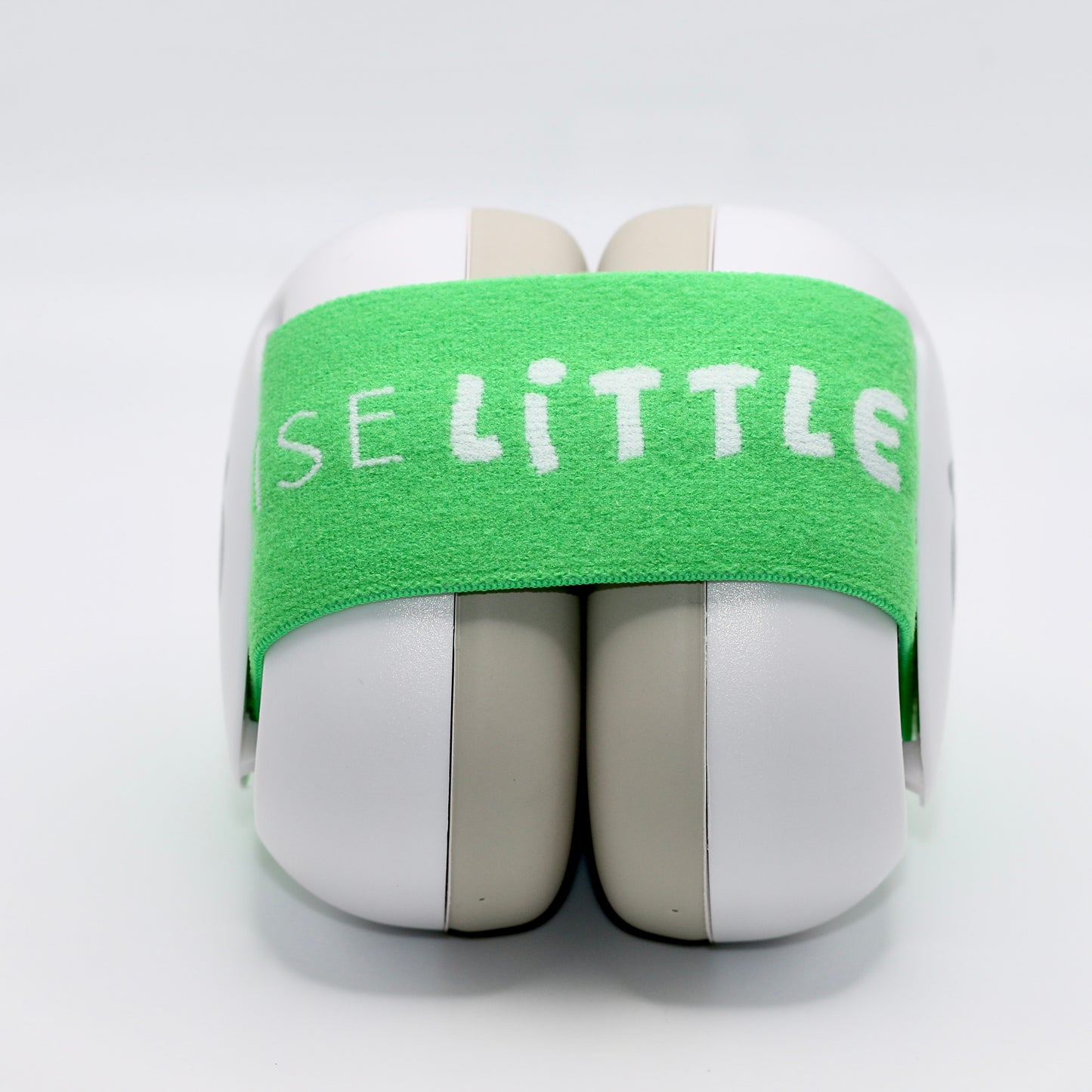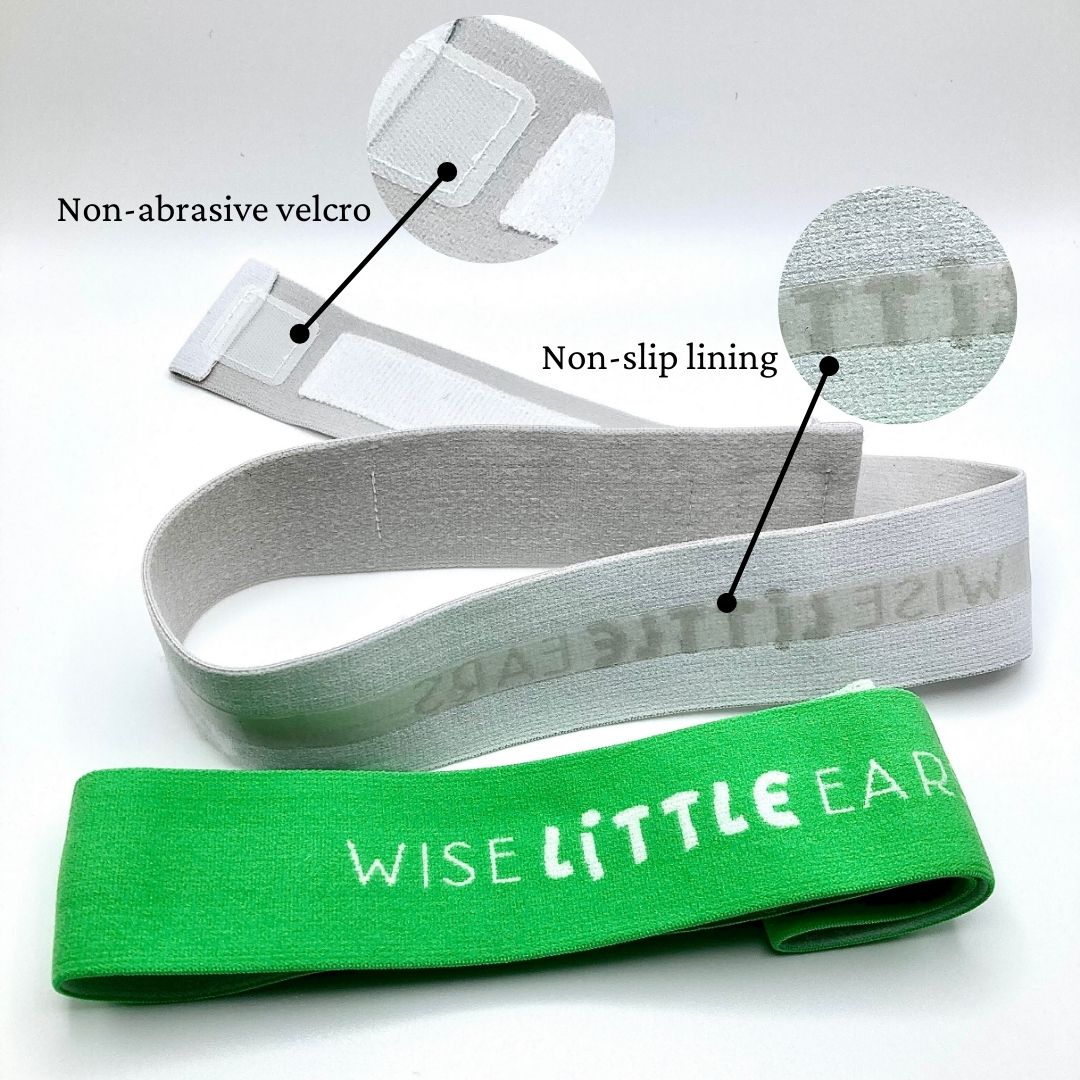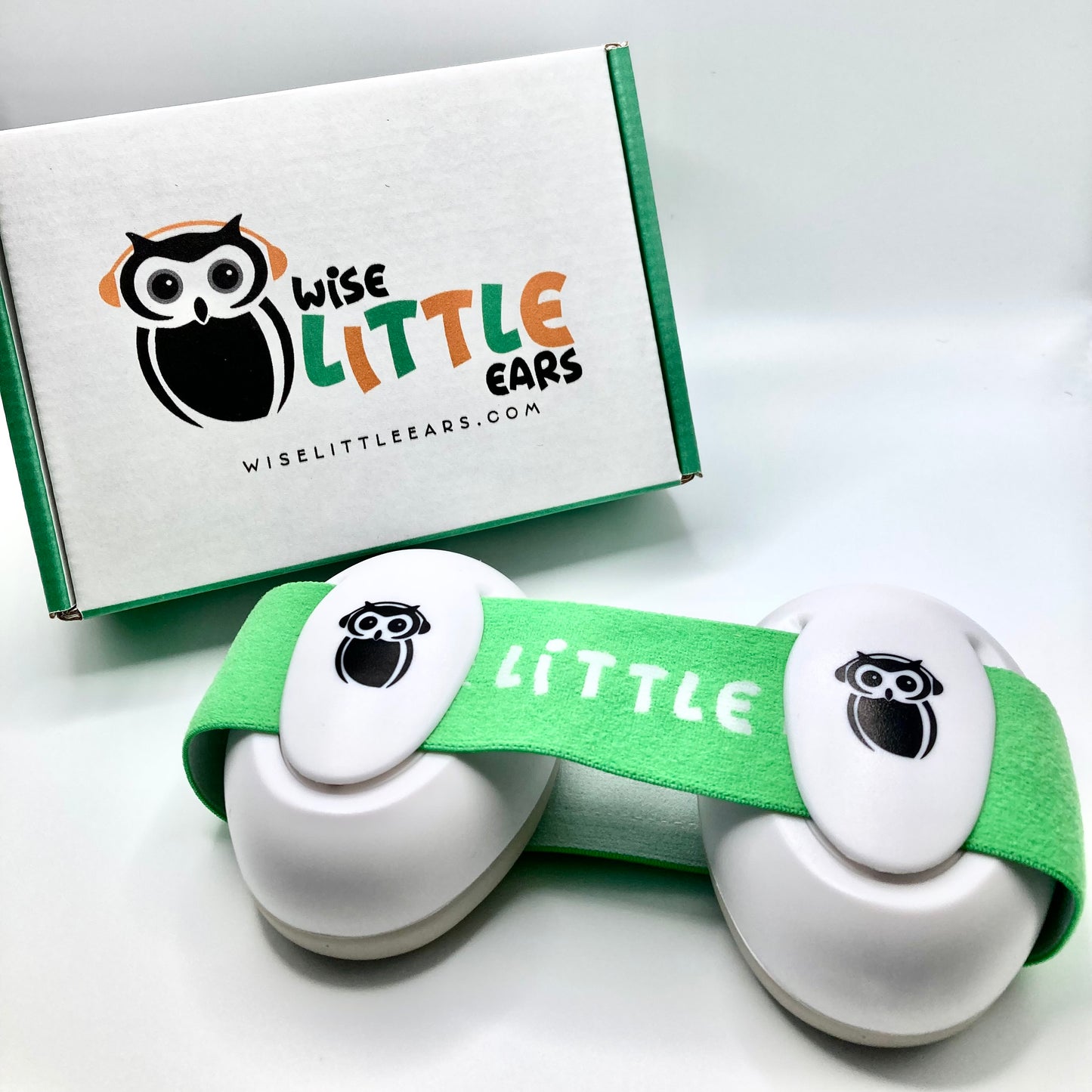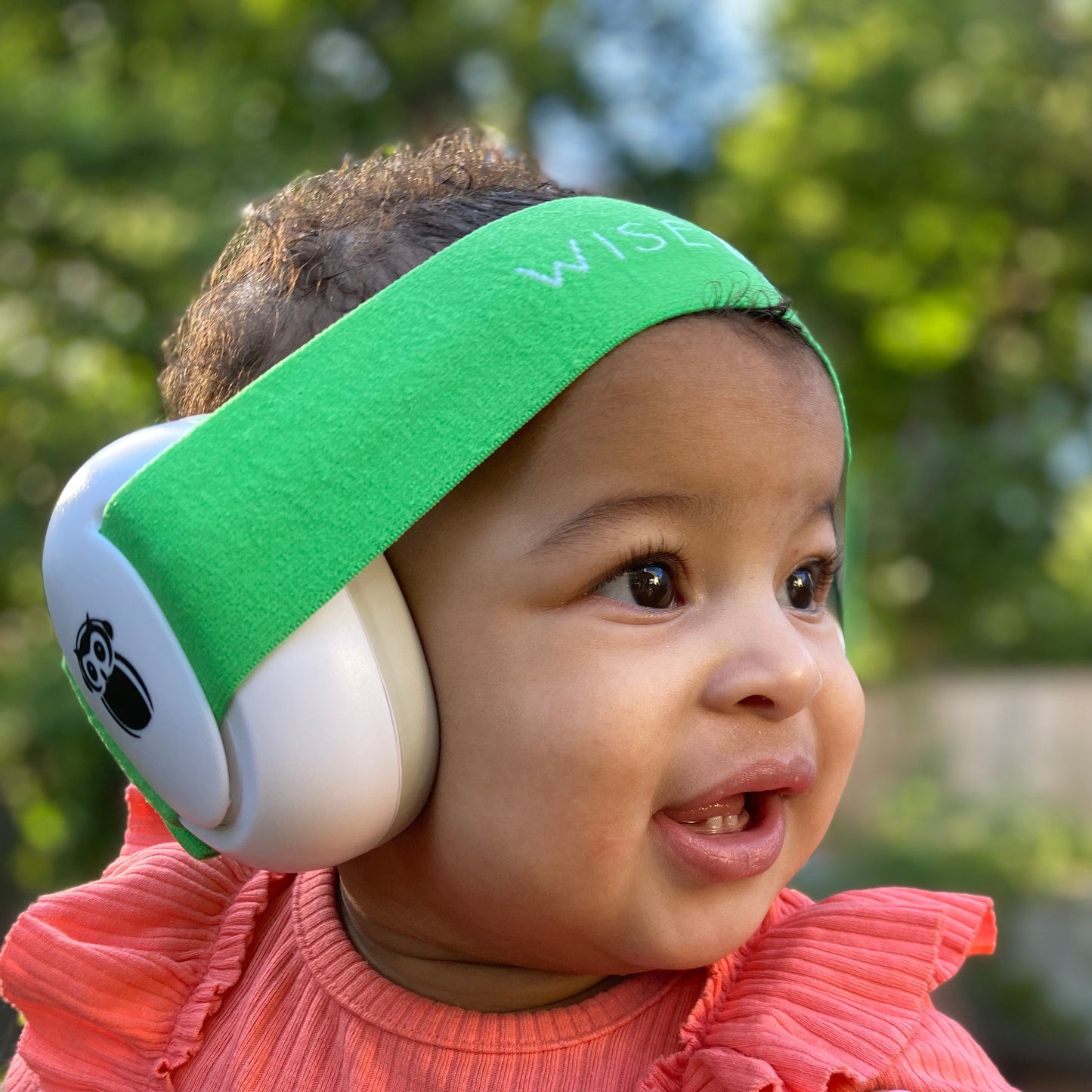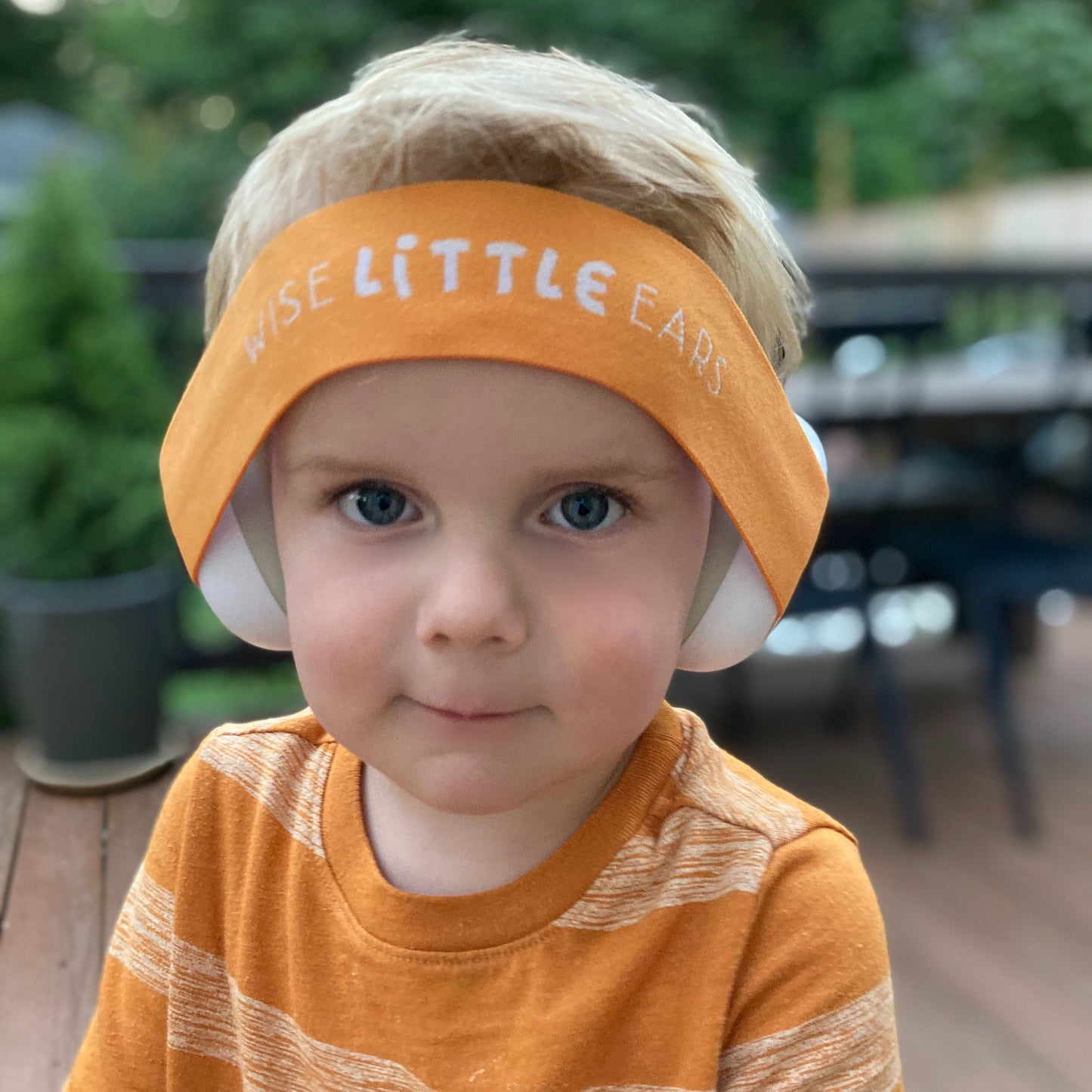You may have noticed an uptick in cute babies on jumbotrons with hearing protection earmuffs. As a mom and audiologist-owned business, we give this new “trend” two giant thumbs up! In fact, this new awareness has the potential to save a generation of children from the devastating health repercussions related to noise-induced hearing loss. Dementia, depression, and social isolation (to name a few) all have strong correlations to hearing loss. Hearing loss may not seem like a young person’s problem, but when children are frequently exposed to noise and loud events, their risk for hearing loss increases. In fact, 1 in 6 school-aged children in the US already suffers from noise-induced hearing loss, and if left unnoticed or untreated, this hearing loss can impact academic performance and social development.
And the verdict is...
Back to the question at hand, are basketball games too loud for babies? The simple answer is yes, if their ears are unprotected. Between the roar of the crowd, the scoreboard and the hype music, loud sporting events like professional basketball games can generate 105 decibels, which can cause hearing damage in just 4.5 minutes. But don’t throw out your season tickets just yet, because there is a lot that parents can do to make sporting events, even playoff basketball games, fun and safe for their children.
Hearing protection earmuffs (sometimes referred to as noise reducing headphones or noise canceling headphones) made specifically for babies and children are the best defense against noise-induced hearing loss at loud events. Hearing protection works by reducing the sound that enters the ears, so babies can be in noisy environments longer without risking hearing loss. Even with hearing protection, there is a limit to safe sound exposure. Continuous sound at 105 dB is safe for only about 1 hour. Fortunately, basketball games (and sporting events in general) typically don’t generate consistent sound output at such high levels. This is good news for two reasons. One, because your baby or child may want to take off their hearing protection for a bit, and this is OK! Any time spent using hearing protection reduces noise exposure and is a win. Parents can anticipate when the game is likely to be loud and encourage hearing protection use more actively when they know that the noise is more intense. Second, because the noise output is not sustained at 105, there will be quieter windows that can give your baby’s ears a rest. If you find that the game is particularly loud for an extended period, you should consider taking your child out of the stands to a quieter part of the arena for 10-15 minutes.
Why can’t I just use adult hearing protection on my baby or child?
Hearing protection is not effective if it doesn’t fit. The size of an adult’s head and the spacing of their ears is much greater than a child’s. For hearing protection to be effective, it needs to surround the ear completely creating a sound barrier. The band should be snug against the head without gapping, sagging or bulging, but not too tight. Adult hearing protection cups cover too much of a child’s ear and often a portion of their cheek or jaw, reducing the effective sound barrier. Additionally, adult hearing protection tends to be much thicker and heavier and intended for more intense noise situations than a baby would be exposed to. In addition to being less effective, heavy, ill fitted hearing protection is uncomfortable for a child, so they may refuse to wear them.
For infants to 24 months, hearing protection that wraps around the head, rather than rests on top of the head, reduces pressure on the baby’s cranium and can be worn comfortably for the duration of the event. Hearing protection for children doesn’t need to be huge to be effective, in fact it can sometimes have the opposite effect. Baby hearing protection typically carries a noise reduction rating (NRR) between 17-30dB. The higher the number, the more sound the earmuffs block. But that doesn’t mean that bigger is necessarily better. A higher NRR often means multiple foam layers, which increases the weight and size of the ear cup. This can make the cups bulky and less comfortable, which can result in less wear. And wear time is the number one factor in effectiveness when it comes to hearing protection, not the noise reduction rating.
Loud noise hurts!
Aside from hearing loss protection, another reason babies and children benefit from hearing protection earmuffs at loud sporting events is because most babies and kids hate loud noise. There is a physiological reason for this. Babies and children have narrower ear canals than adults. Smaller canals create greater sound pressure in the ear, which means children hear equivalent noise louder than adults do. Babies also can’t anticipate loud moments, so although you might feel the excitement of a buzzer beater, a baby won’t appreciate the startling sound of the scoreboard quite so much.
Sporting events are fun, family-friendly places and there is no reason you need to sit this season out. Just be sure to keep your family’s hearing health in mind, and pack hearing protection for everyone on the bench!
For tips on how to encourage children to wear hearing protection, check out 4 Strategies to End Earmuff Battles.
Happy hearing,
Lara and Mabel
